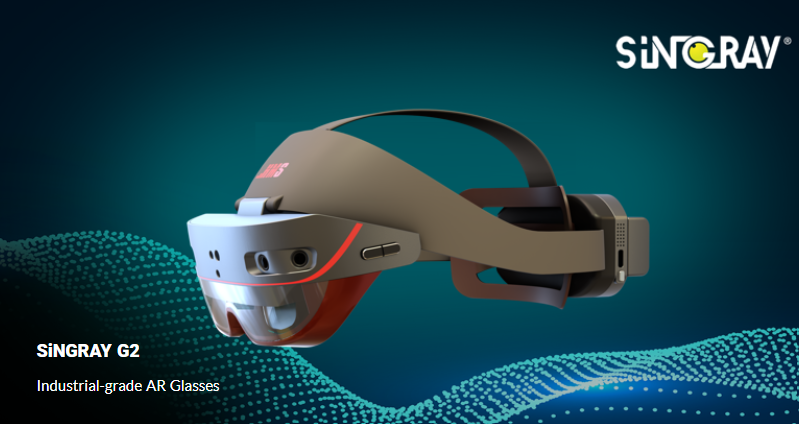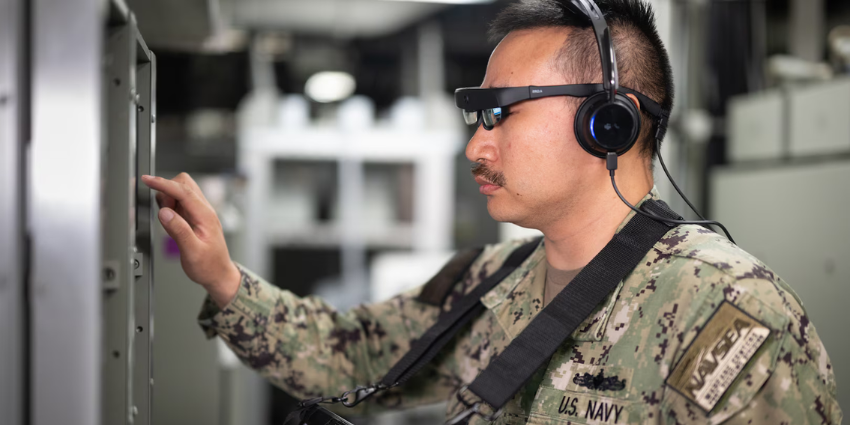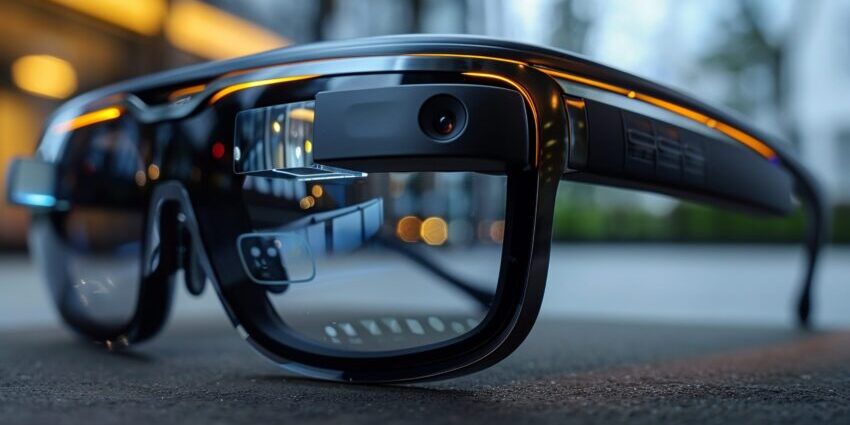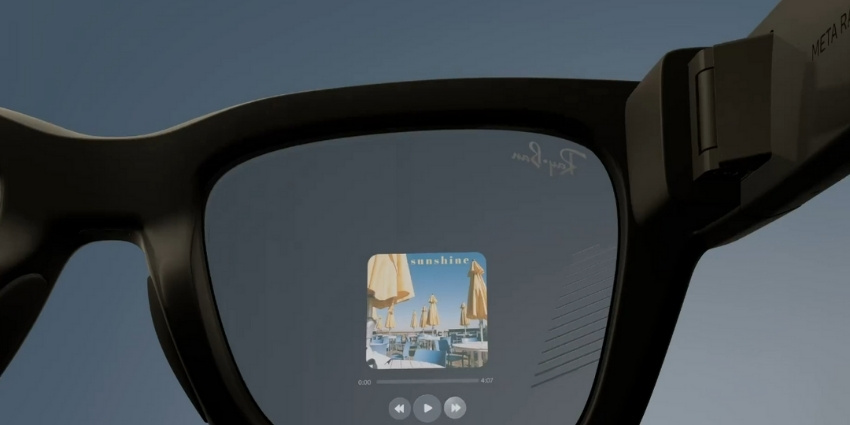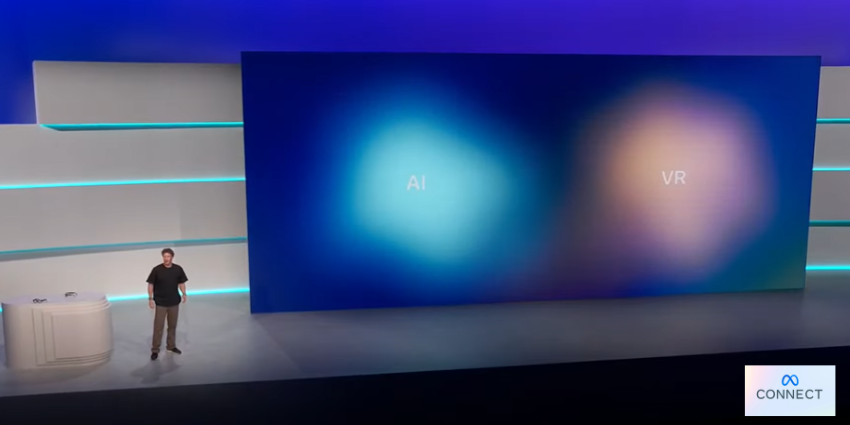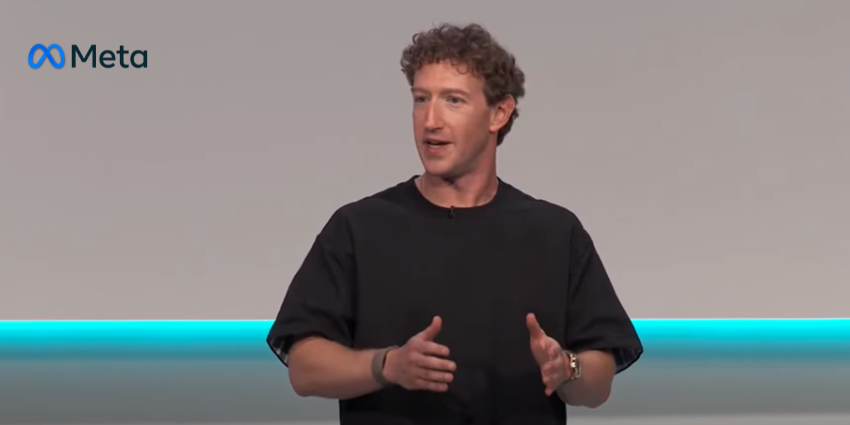This week at the Augmented Enterprise Summit (AES) in Dallas, the world’s leading enterprise-focused XR brands and leaders are uniting to showcase the latest AR/VR/MR innovations that are changing workplaces today and tomorrow.
At the event, two veteran XR firms showcased a collaboration to boost immersive workflows for frontline workers. Taqtile and Hololight announced a cooperation to boost the former’s Manifest AR-ready work instructional platform using Hololight’s RT3D data streaming framework.
John Tomizuka, CTO of Taqtile, noted that the Hololight streaming integration enables the delivery of “superior levels of scalability, performance, and control,” allowing businesses to deploy Manifest “in low-bandwidth environments with confidence.”
Tomizuka added:
We’re already demonstrating the effectiveness of Manifest in enhancing accuracy, consistency, and operational efficiency for clients including British Airways and the U.S. Army, Navy, and Airforce, and Hololight will take us to the next level with customers like these.
The Hololgiht streaming integration aims to boost workers’ accessibility to AR instructional tools regardless of their location and bandwidth.
Florian Haspinger, CEO of Hololight, also added:
Our collaboration with Taqtile marks a significant advancement in digital work instruction and remote spatial collaboration. By joining forces, we are empowering companies to use a single platform for training, just-in-time learning, and on-the-job guidance. This ensures that expertise is accessible anytime, anywhere.
Taqtile Introduce Manifest 4.0
The news comes soon after Taqtie upgraded its Manifest platform to version 4.0. The update introduces optimizations towards usability and control.
Notably, the update enables segmentation of workplace procedures and data, including new controls over compliance requirements and management parameters—continuing to boost the immersive service ready for business settings and expectations.
“Manifest 4.0 represents a year-long collaboration with multiple clients to create an easy-to-use yet secure and flexible system that maximizes Manifest’s capabilities,” noted Tomizuka.
The CTO also explained that Manifest 4.0 allows businesses to “disseminate ultra-usable work practices throughout the enterprise while maintaining a level of control so only certain people see certain things.”
More on AES 2024
AES 2024 is a forum that showcases XR companies like Meta, Qualcomm, XREAL, HTC VIVE, and RealWear. It features products and technologies that are transforming the industry and enterprises today and in the future.
Some highlighted technologies at AES 2024 include digital twins, haptics, avatars, blockchain, wearables, VR headsets, AR smart glasses, and more. The event will also include an expo floor with various vendors and technologies on display.
Moreover, AES will demonstrate how companies are utilizing XR technologies, with keynotes and talks from global operations using AR/VR/MR to enhance workflows. Featured guest speakers from companies such as Coca-Cola, Disney, FedEx, and Nestle will share their insights.
The event occurred shortly after Meta Connect made headlines with innovative technologies like Orion. Events like AES aim to clarify a busy technology market, demonstrating how XR can transform businesses today.
As we enter the holiday period of 2024 and approach 2025 and the second half of the decade, the XR revolution is expected to gain momentum leading up to 2030. Forecasts suggest that the XR market will shift from VR headsets towards greater adoption of AR and MR devices, offering broader value attributes to associated technologies.
According to a report from VarifiedMarketReports, the 3D geospatial market is projected to grow significantly in the coming years, reaching $16.2 billion by 2030, up from $8 billion in 2024. The increasing popularity of AR location-based consumer and enterprise applications drives this growth. The report also predicts a 20.3% annual growth rate from 2024 to 2030 and emphasizes the involvement of leading technology firms such as Hexagon, Atkins Plc, and Topcon.


